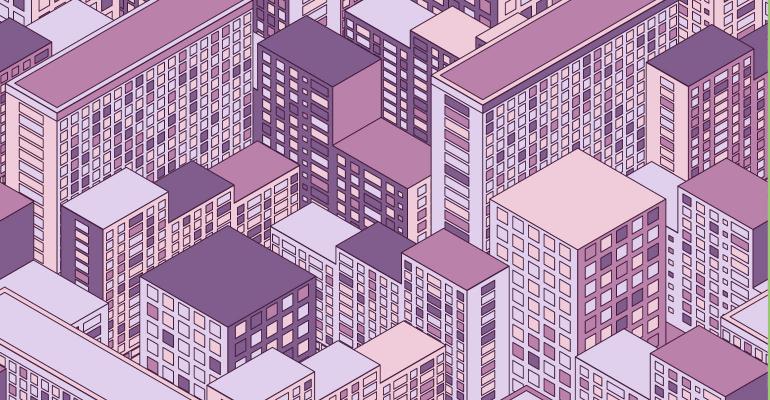For the multifamily sector, 2018 should be a healthy year. Demand is strong—and it will be for some time. That was largely the message at the National Multifamily Housing Council’s annual Apartment Strategies Outlook Conference, held this week in Orlando. However, the optimism at the conference was somewhat tempered by the prospects of increasing supply, rising interest rates and an eventual downturn in the not-too-distant future. Here are some key takeaways from the event.
- There may be four interest rate hikes this year. The Federal Reserve indicated at its meeting in December that it was penciling in three more rate hikes for 2018, given the strength of the U.S. economy. However, Richard Barkham, global chief economist at real estate services firm CBRE, says there may be one additional increase on top of those. Over the next year or so, the U.S. will also see a shift from negative to positive real interest rates—interest rates minus inflation. Negative rates, which have existed in the U.S. since the financial crisis, are an indication of the benefits of monetary policy support, Barkham noted.
- The economy may experience a downturn in the next three or four years. However, the multifamily sector will be able to weather a downturn on the demand side given shifts in homeownership numbers, Barkham noted.
- Blue collar areas and workforce housing are key opportunities for growth in the current environment. Regions with high concentrations of blue collar jobs have provided the most consistent rent growth recently, said Greg Willett, chief economic at RealPage, a Richardson, Texas-based firm that provides property management software solutions. Yet there is not much construction occurring in these areas, he noted.
- There is a bifurcation in rents between class-A and class-B apartments. This is due largely to the change in composition of the product that’s being built, said Jay Lybik, vice president of research services at Marcus & Millichap, a real estate services firm. In the early 2000s, 90 percent of supply built was garden-style apartments. Today, 75 percent is mid- and high-rise product. The delta between the class-A and -B apartments in the early 2000s was approximately $225, but today, the gulf has widened to $525, Lybik noted. That comes out to roughly $6,000 more in rent a year for households. Boston is experiencing the largest spread between class-A and class-B apartment rents, with a rent gap of $1,170.
- Increased scrutiny is key when it comes to development. With rising land costs, slowing rent growth, higher labor costs and interest rate hikes, selectivity and differentiation among new projects are more important than ever, said Ziv Cohen, president of Resmark Apartment Living. In a matured economic cycle, there is more caution and more narrowing margins of error, but this has benefits—it means more quality deals are getting done, and with more discipline, he noted.
- While constructions starts overall are expected to slow in 2018, there are some markets that might go overboard. Markets like Houston, Dallas and Seattle may have strong demand, but this could prompt inventory growth that might be a little too aggressive for rent growth to be sustainable, Willett said. Also on Willett’s watch list are Denver, Boston, Charlotte, N.C., and Nashville, Tenn.
0 comments
Hide comments

